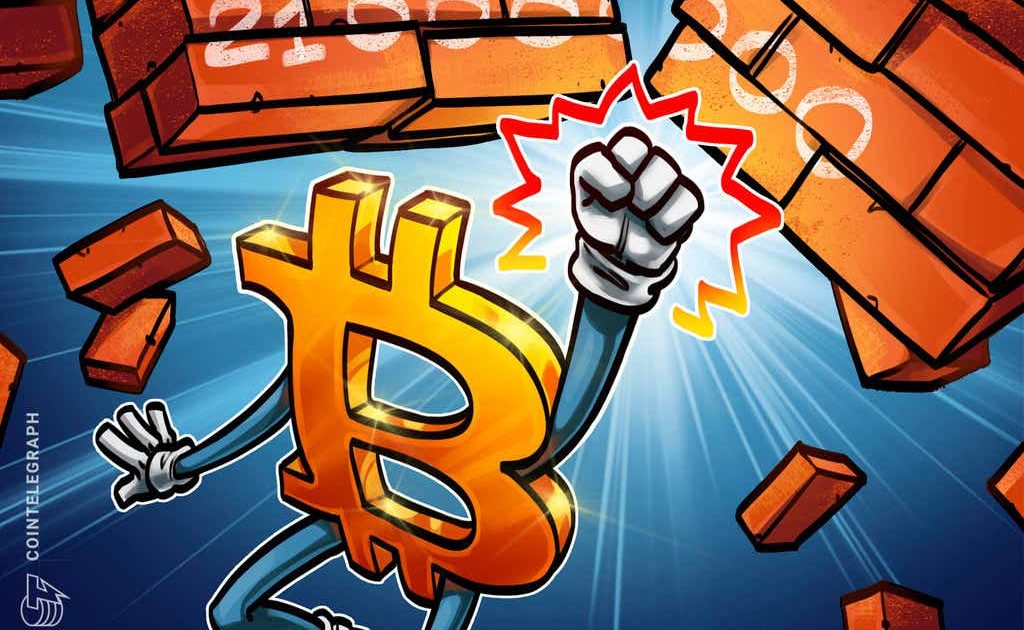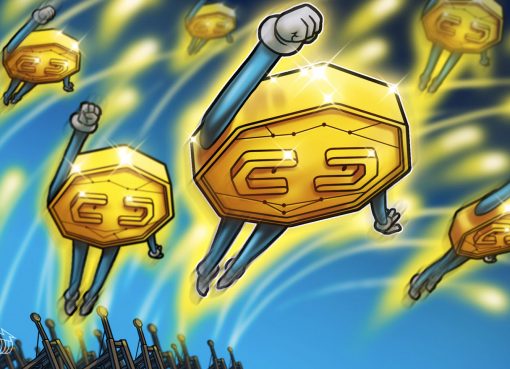The hard cap on Bitcoin is secured from alteration by its incentive structure and governance mechanism. The entities that govern Bitcoin’s ruleset have significant incentives to fight a change to the hard cap because of the network’s architecture, but those who wish to change it have no power over the network.
Incentives
The individuals with the most incentive to modify Bitcoin’s hard cap are the miners. Changing Bitcoin’s hard cap could boost earnings for miners for a short time. However, doing so would negate one of the main arguments for investing in Bitcoin: its scarcity.
The attractiveness of BTC for many investors is its predictable, fixed supply. However, it is not in miners’ best interests to remove the fundamental driver of Bitcoin’s value proposition. Although the modification will raise miner revenue in BTC terms, it would lead to a catastrophic and permanent price fall, resulting in a net loss of miner revenue in fiat terms.
Miners are more concerned with their fiat-denominated earnings than their Bitcoin-denominated revenue since practically all of their costs — salaries, equipment costs, and energy bills — are paid in fiat. As a result, if Bitcoin’s price falls, miners will lose money.
Bitcoin Governance
The possibility of changing Bitcoin’s hard cap stems from two underlying misconceptions regarding BTC as a distributed, consensus-based network. To begin with, there are dozens, if not hundreds, of different versions of the Bitcoin source code. For example, every node in the Bitcoin network runs a software that rejects any incorrect blocks.
While many nodes are running the most recent version of Bitcoin Core, some are still using older versions and implementations. As a result, while changing BTC Core’s source code is simple, convincing tens of thousands of nodes to implement these modifications is significantly more challenging.
Moreover, miners have no control over the network’s rules. Instead, miners are responsible for creating new blocks and validating transactions. When miners submit a new block to the network, tens of thousands of nodes independently verify it, ensuring that it generates a suitable amount of new BTC, has legitimate proof-of-work and contains valid transactions. All blocks that break these criteria will be rejected by nodes, implying that miners have no control over Bitcoin’s ruleset.
When 95% of miners agreed to lift the block size limit in 2017 in an attempt to allow Bitcoin to scale, this theory was confirmed by reality. On the other hand, nodes and users resisted the shift and successfully forced miners to switch to a different scaling method.




